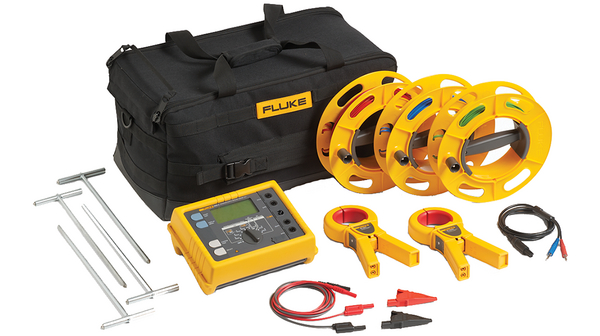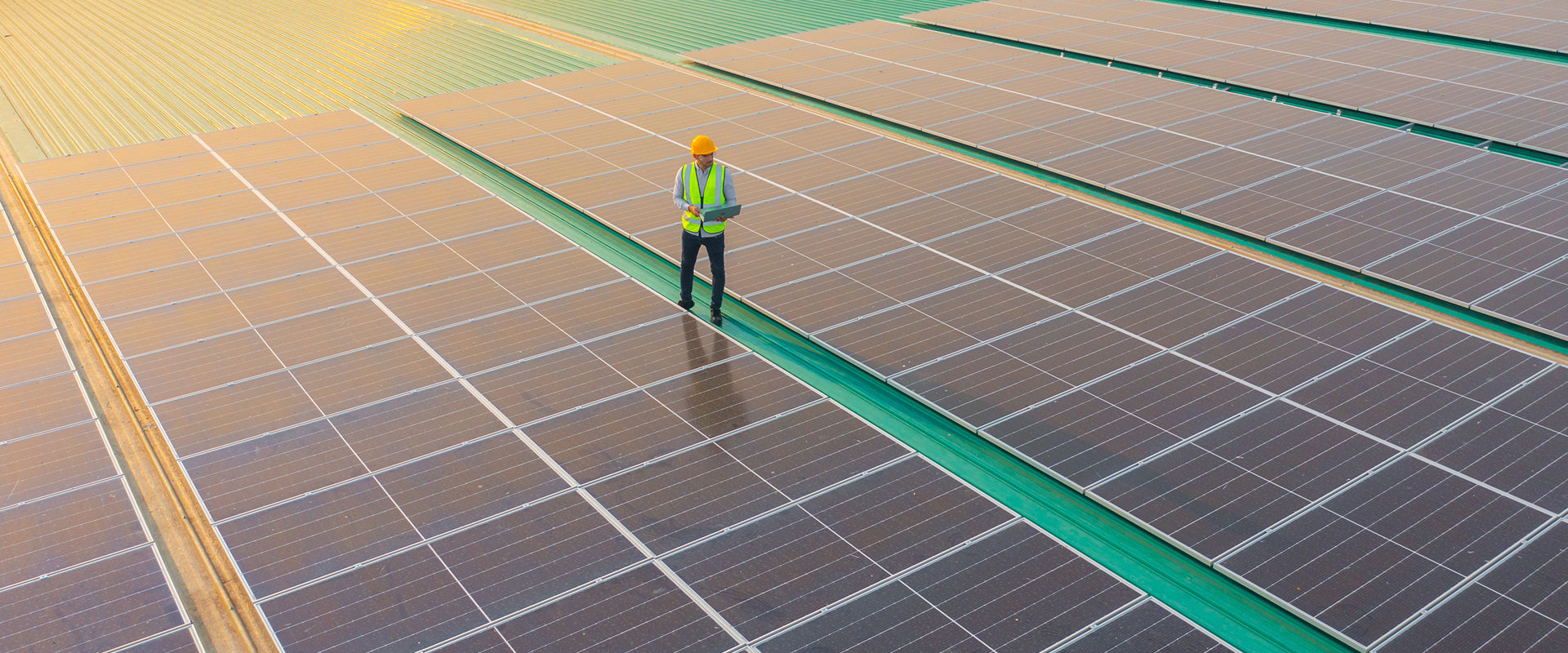Countries worldwide are trying to shift into more sustainable and cleaner environments and raise the popularity of alternatives to harmful green-house gases. A huge part of the green transition is solar and wind energy implementation. Although these electricity generators are not the only renewable energy sources, they are rapidly gaining market share.
As the solar energy industry is growing, more electricians, PV technicians and installers are required. Solar installations are surveyed, installed, maintained, and reported on. So on, the work on progressing toward green energy requires the right tools and solutions, such as solar testing equipment, irradiance meters, and photovoltaic testers.
Today, the focus will be on photovoltaic (PV) systems that generate electricity directly from daylight through an electrical process found in some materials known as semiconductors. We will showcase the best solutions for the solar PV industry from Fluke – a brand that has existed on the market since 1948, helping professionals with electronic installations, maintenance and service, producing safe and functional devices.
A quick introduction to how solar power works
Photovoltaic technology is based on PV materials (such as semiconductors) or devices that convert sunlight into energy. A single PV is known as a cell; it is usually small and can produce only 1 to 2 watts of power. PV cells are linked in chains to form bigger components known as modules or panels to increase their power output. The cells are connected together between protective materials made of glass or plastics to endure the elements for many years. Individual modules or a combination of modules can be used to create arrays. As part of a comprehensive PV system, one or more arrays are subsequently connected to the electricity grid.
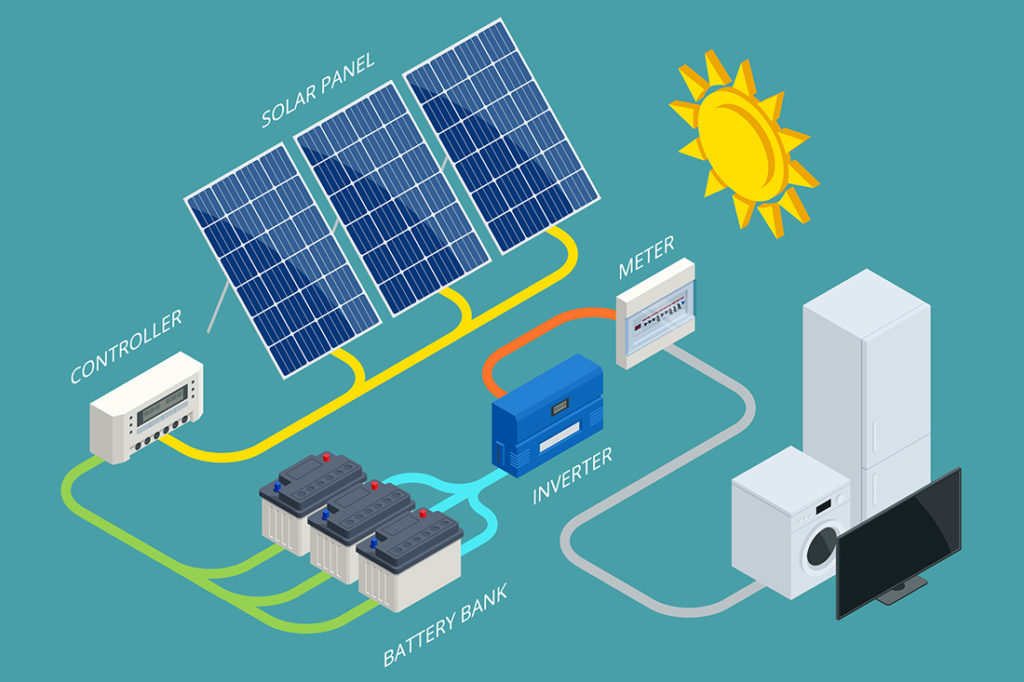
Photovoltaics are mostly used on roofs or walls and cannot be covered or overshadowed by trees or other big constructions. The weight of the panels is also not light, so they have to be placed on strong roofs, especially if they are on top of tile roofs. However, solar energy can be seen not only on the roofs of buildings but also can power anything from small electronics like calculators, toys or lamps (PV lighting). Although, their most common application focuses on buildings.
PV systems can be developed to satisfy practically any electric power need, large or small, thanks to their modular construction.
Solar power as a renewable source of energy
Solar power is a renewable and unlimited energy source since energy is released as long as the sun shines. It also produces no damaging greenhouse gas emissions when converted to electricity, making it the perfect source to focus on in the global energy transition.
According to IRENA, solar and wind power accounted for 88% of all new renewable capacity in 2021. Last year, solar energy increased by 19%, while wind energy increased by 13%.
Accelerated solar PV deployment coupled with deep electrification could deliver 21% of the CO₂ emission reductions (nearly 4.9 gigatonnes annually) by 2050.
International Renewable Energy Agency (IRENA)
As per Energy Monitor, a network of websites, China, and other major economic powers such as the US, Japan and Germany are the global leaders in producing the most solar energy. Is it possible that more European countries will see the potential of solar power? Admittedly regions where it is rainier or with little sunshine show less interest in the renewable energy source. However, according to several estimations, modern solar panels are working quite well in cloudy weather; even rain or cold sometimes improve the panels’ working. The rain can wash out the dirt, and light can still reach solar panels despite light snow cover and continue to produce energy.
Measuring instrument for PV applications
Shock and electrocution are severe concerns in solar energy power systems. Solar installers and solar PV maintenance technicians must also follow the lockout/tagout (LOTO) protocol, wear personal protective equipment (PPE), and adhere to all safety regulations. Read more about solar panel safety by Fluke.
Ensuring safety is crucial in electrical systems. Also, the right photovoltaic equipment is a necessity while working in solar installations.
Fluke highlighted in their video the 5 most important solar industry measurements, including:
- Irradiance meter allows users to see the sun’s intensity at a solar site.
- Insulation tester to ensure that all wires are running.
- Voltage and current measurement tool.
- Power quality meter to measure transient and harmonics.
- Infrared cameras can scan the panels and notify if there is no cell damage.
Irradiance Meter
Fluke IRR1-SOL Irradiance Meter is an easy-to-use tool to measure solar irradiance, ambient and PV module temperature, array orientation and tilt angles. Target group: people surveying, installing, executing maintenance or checking the performance of solar panels or a photovoltaic system.
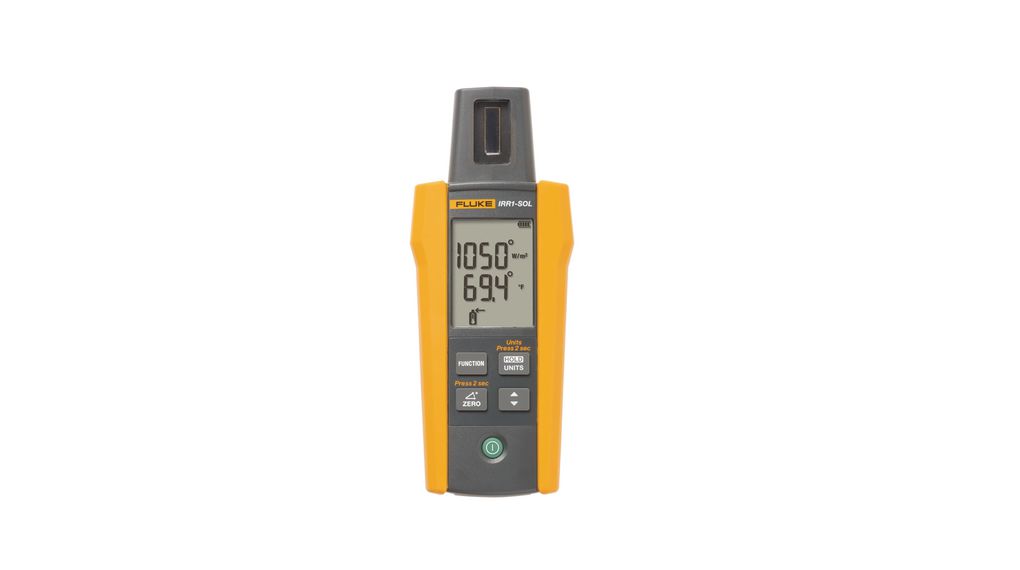
Current Clamp Meters
The 393 FC is designed for (PV) installation technicians and maintenance professionals who work in high voltage DC environments: PV arrays, wind power, electric railways, data centres, and battery banks for uninterruptible power supplies.
The clamp meter will measure up to 1500 VDC, is IP54 rated and ideal for work outdoors, including PV panel testing.
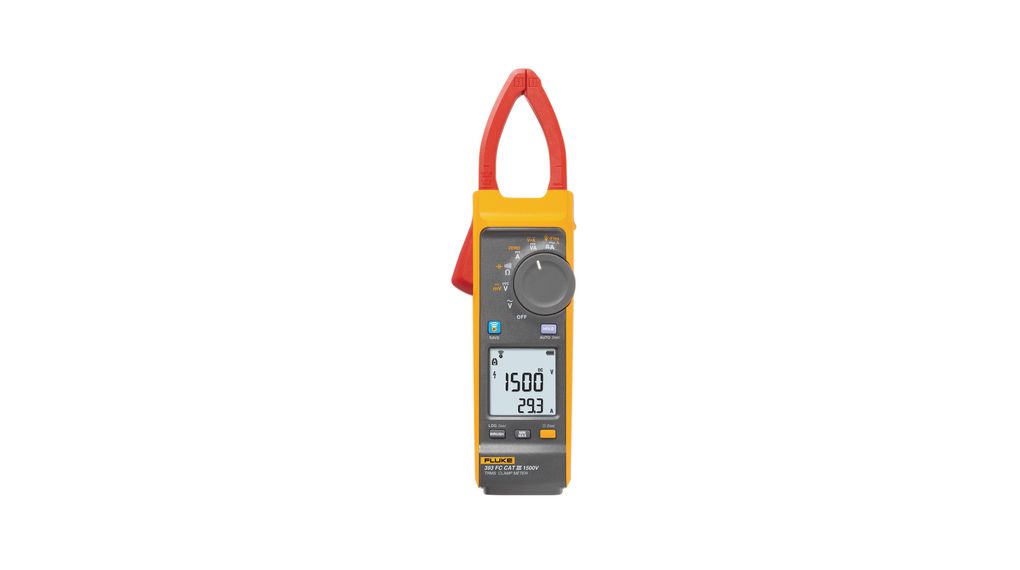
Thermal Cameras
Thermal imaging can easily discover any problems and flaws and rectify them in a targeted manner. Impurities/gas pockets or cell cracks, transient shadowing (dirt, pollution, humidity, bird droppings), damages caused by heating or overheating, a malfunctioning bypass diode, or poor interconnections are only a few examples. The usage of thermographic cameras with exceptional features and the experience of skilled auditors are both required for reliable problem identification.
The new Fluke TiS55+ and TiS75+ thermal cameras are the most durable yet, designed to withstand a 2-meter drop. With water and dust resistance, you can be sure that your thermal camera will turn on every time.
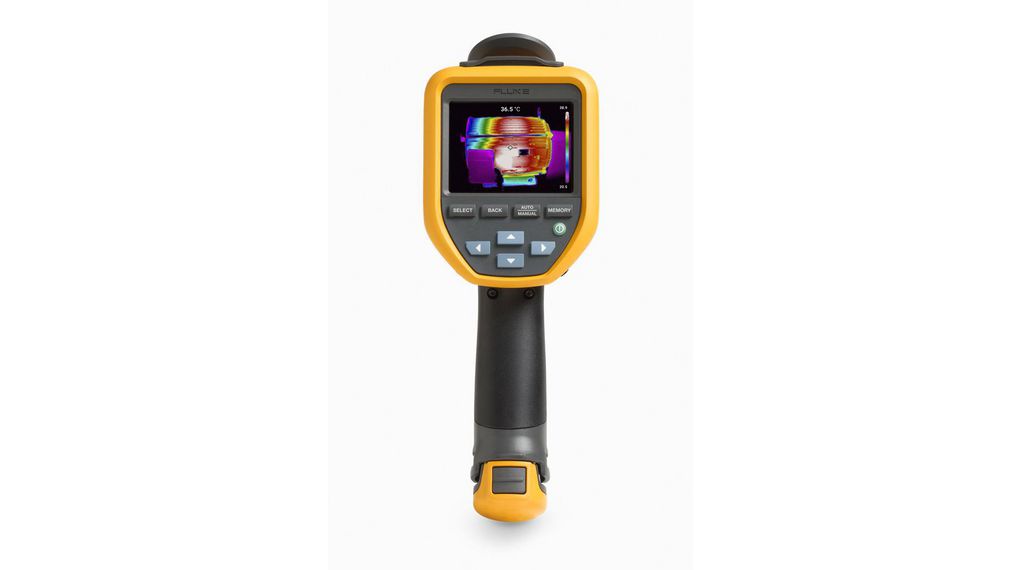
Digital Multimeters
A digital multimeter is a solar contractor’s most-used tool for troubleshooting, reviewing diagnostics, and confirming repairs in the solar PV industry.
When it comes to solving problems quickly, the Fluke 80 Series provides the precision and advanced troubleshooting capabilities you need. Fluke’s 80 Series digital multimeters have been chosen as the digital multimeters that industrial technicians rely on.
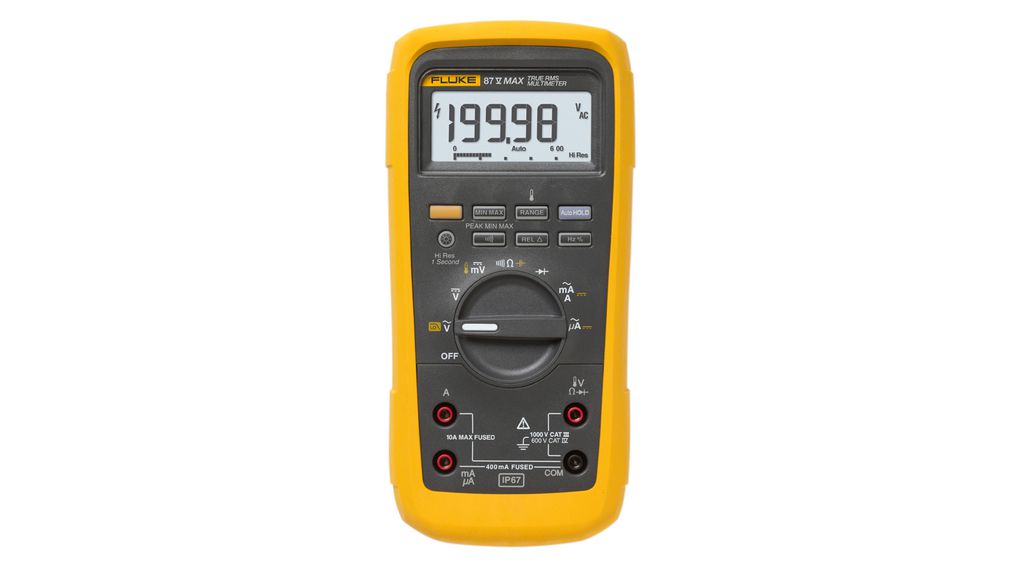
Earth ground tester kit
The Fluke 1625-2 earth ground tester measures earth ground loop resistances using only clamps, only stakes, or one clamp and stakes. Earth ground testing can also be done within buildings, electricity pylons, and other places without soil. They can help discover a ground fault in the PV system.
